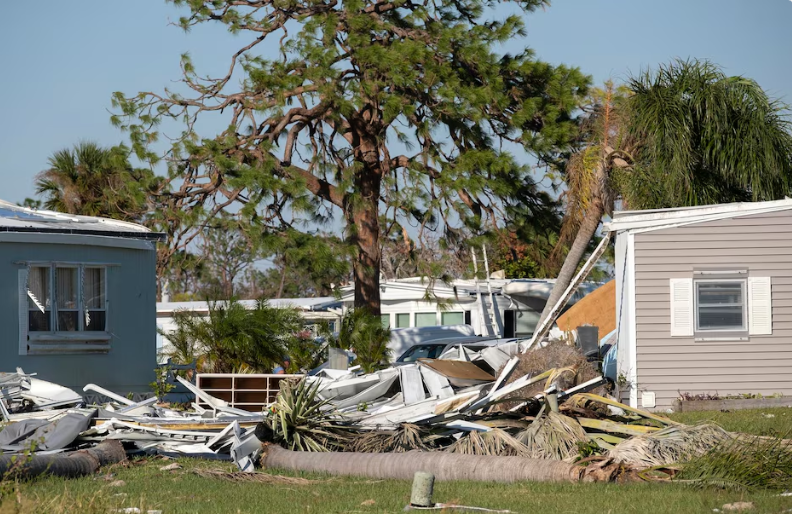Windstorm Coverage in Texas
Standard vs. Coastal Requirements
Windstorm coverage availability in Texas depends primarily on your property's location relative to designated coastal areas. Properties outside the fourteen coastal counties typically receive wind coverage through standard homeowners insurance policies without requiring separate windstorm policies. However, properties within the coastal catastrophe area—including Galveston, Brazoria, Harris (partial), Jefferson, Orange, Chambers, and other designated counties—often cannot obtain wind coverage through standard homeowners policies. These coastal properties must secure separate windstorm insurance through specialized carriers or the Texas Windstorm Insurance Association (TWIA) to achieve comprehensive wind protection.
Texas Windstorm Insurance Association (TWIA)
TWIA serves as the state's insurer of last resort for coastal properties unable to secure windstorm coverage through private markets. This state-created entity provides wind and hail coverage for properties in the designated catastrophe area when private insurers decline coverage. TWIA policies cover wind damage but exclude other perils like fire, theft, or liability, requiring coordination with separate homeowners policies for comprehensive protection. To qualify for TWIA coverage, properties must meet specific building code requirements and pass windstorm inspections verifying compliance with construction standards. TWIA premiums are typically higher than private market alternatives when available but provide essential coverage access for properties in extreme wind exposure areas.
Private Market Options
Some private insurers offer windstorm coverage in Texas coastal areas as alternatives to TWIA, often with enhanced coverage features or competitive pricing. Surplus line carriers like Lloyd's of London syndicates provide windstorm policies for properties that meet their underwriting criteria. Regional insurers specializing in coastal property coverage sometimes offer windstorm protection with broader coverage than TWIA policies. These private options may include additional living expenses, higher coverage limits, or more flexible claims handling than state-sponsored alternatives. However, private windstorm coverage often requires higher property values, newer construction, or specific mitigation features that not all coastal properties can satisfy.
Application and Inspection Process
Obtaining windstorm coverage typically requires detailed property inspections verifying compliance with wind-resistant construction standards. Windstorm inspections examine roof attachments, window and door protections, garage door reinforcements, and overall structural integrity against high winds. Properties must demonstrate compliance with current building codes or implement required improvements before coverage approval. The inspection process includes documentation of construction materials, installation methods, and protective features that influence wind resistance. Some properties may require specific improvements like impact-resistant windows, reinforced garage doors, or upgraded roof attachments before qualifying for coverage.
Coverage Coordination Strategy
Effective windstorm protection requires coordinating separate policies to avoid coverage gaps while preventing overlapping coverage. Work with experienced insurance agents familiar with Texas coastal requirements to ensure proper coverage coordination between windstorm and homeowners policies. Understand which perils each policy covers to prevent gaps or disputes during claims. Review policy renewal dates to ensure continuous coverage without lapses that could affect eligibility or pricing.






